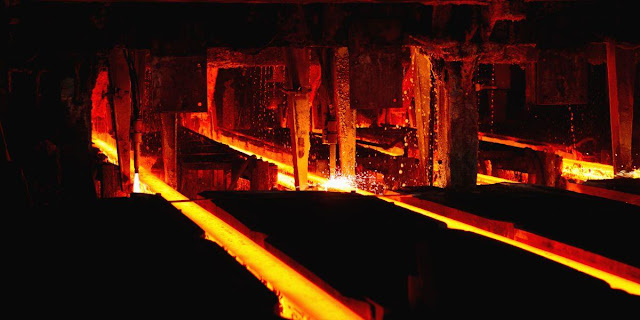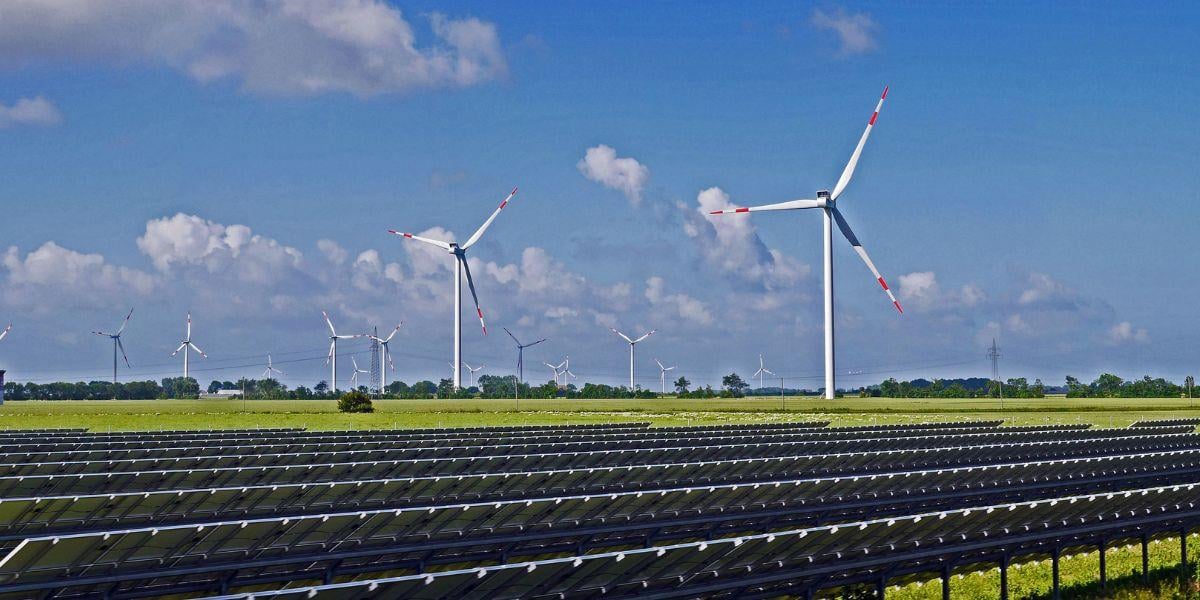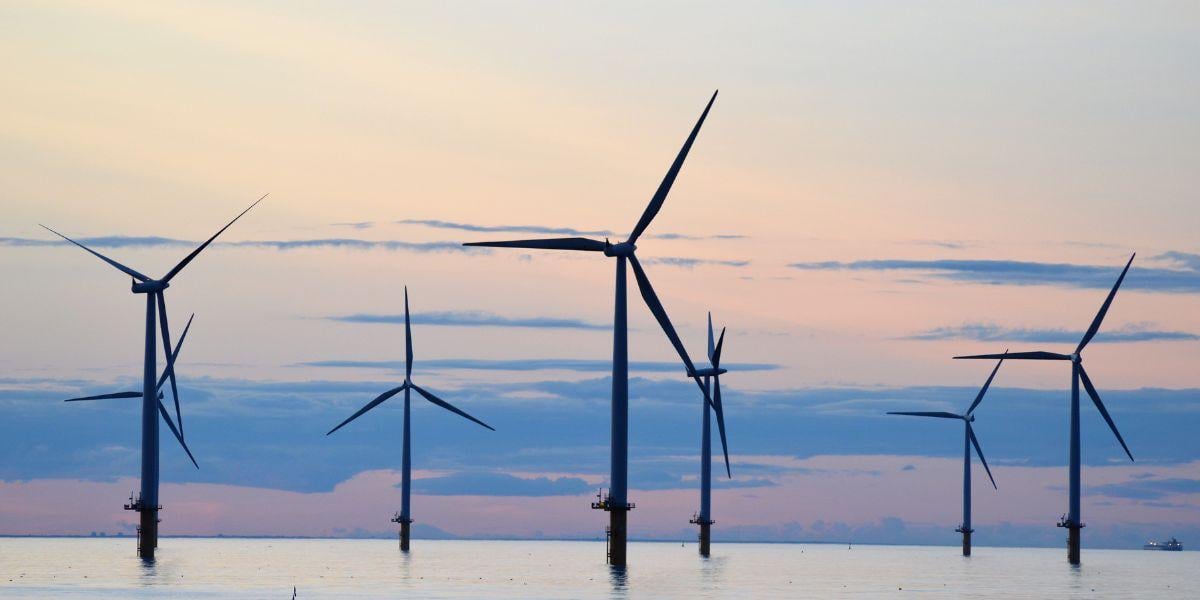What Are The Main Types Of Renewable Energy?
A source of energy that can be used repeatedly, like the sun, is called a "renewable energy source."
When people talk about alternative energy, they usually mean renewable energy.
It refers to sources of energy that can be used instead of coal and other sources that can't be used forever.
In the article below, we will discuss the most common types of renewable energy.
Key Takeaways About Renewable Energy:
- The United States uses a lot of nonrenewable energy sources like coal, natural gas, and oil.
- A lot of nations are working to increase renewable energy as a means of lowering carbon dioxide emissions.
- Some of the most common forms of renewable energy are solar power, wind energy, hydropower, and geothermal.
- Renewable energy construction projects are important as they help us to not rely solely on fossil fuel sources
- Star your renewable energy project with STEVENS!
Table Of Contents
Most Of Our Energy Is Nonrenewable
In the United States, most energy used to do work comes from nonrenewable energy sources.
Nonrenewable energy sources include coal, natural gas, and oil, which are all fossil fuels. These sources can be found in nature but are finite in their amount.
Nonrenewable energy sources often take thousands of years to form, and they have to be taken out of the ground and burned to make the energy that makes electricity.
When they are burned, they also give off dangerous greenhouse gases like CO2.
Coal, natural gas, and petroleum are all made from the buried remains of sea plants and animals that lived millions of years ago.
Most of the petroleum products used in the U.S. are made from crude oil, but petroleum liquids can also be made from natural gas and coal.
Uranium produces nuclear energy; when they're atoms are split (nuclear fission) it creates a nonrenewable energy source to make heat and, eventually, electricity.
Scientists think that uranium was made billions of years ago when the stars were made. Uranium is found in the crust of the Earth, but most of it is too hard or expensive to mine and turn into fuel for nuclear power plants.
Renewable energy HAS BEEN the main SOURCE OF energy for most of human history
For the majority of human history, biomass from plants have been the main energy source.
In the United States, nonrenewable energy sources started to overtake most renewable energy consumption in the early 1800s.
By the early 1900s, fossil fuels had become the primary energy source.
The use of biomass for homes was still a source of energy, primarily in rural areas and as an additional heat source in metropolitan areas.
Incentives for renewable energy, particularly for electricity production, led to an increase in biomass and other renewable energy sources starting in the middle of the 1980s.
A lot of nations are aiming to boost the usage of renewable energy as a means of lowering and preventing carbon dioxide emissions.
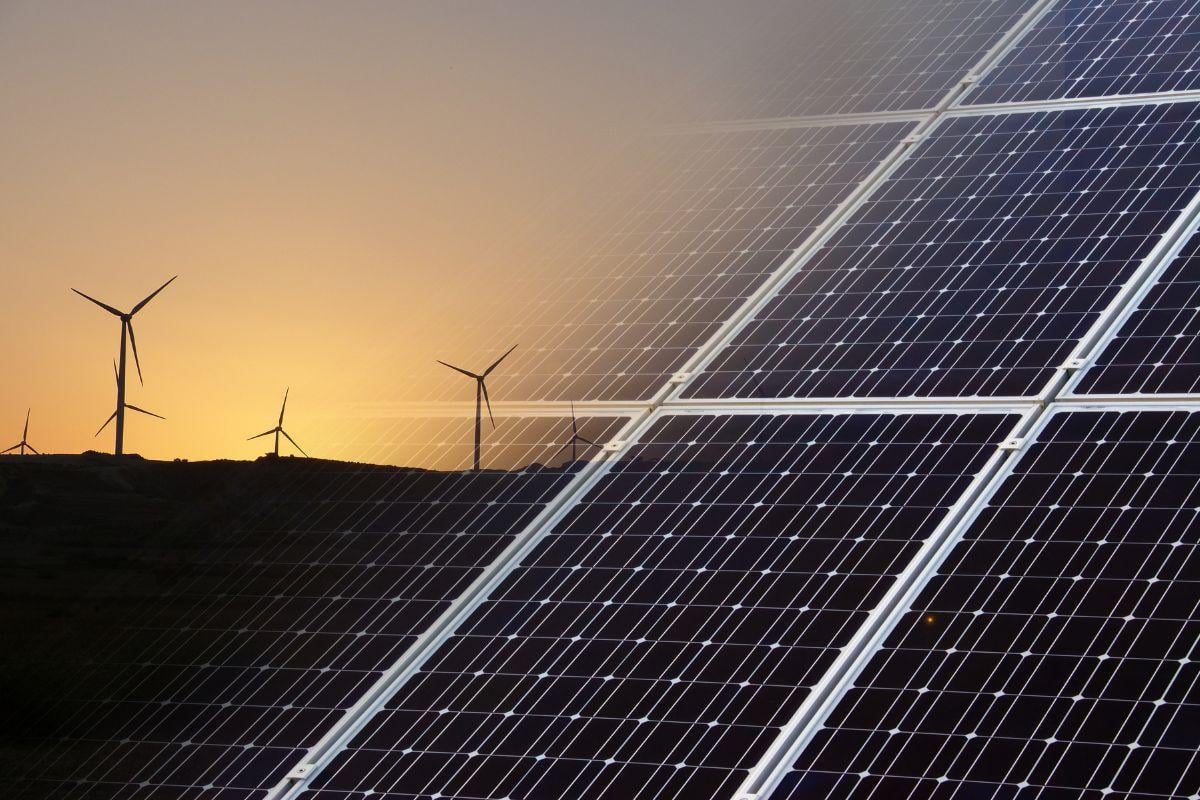
The Most Common Types Of Renewable Energy
Solar Energy
One of the most readily available energy sources on our planet is sunlight.
The volume of solar energy that reaches the globe's surface in a single hour exceeds the planet's annual energy needs.
Solar farms can create enough energy for thousands of homes by utilizing mirrors to focus the light of the sun across acres of solar cells.
The amount of solar energy we can utilize varies depending on the time of day, the season of the year, as well as our geographic location, despite the fact that it may seem like the perfect renewable energy source.
Solar energy is becoming a more and more common alternative to complement your energy use in the U.S.
Wind Energy
Another plentiful source of renewable energy is wind.
With wind power contributing more and more to the electric grid, wind farms are becoming a more common sight in parts of the U.S.
Wind energy harnesses the kinetic energy of moving air by using large wind turbines located on land (or in bodies of water.
Wind energy doesn't release any harmful products or produce carbon dioxide that can cause environmental damage or affect human health negatively, like smog, acid rain, or other heat-trapping gases.
Even though "off-grid" or household power methods exist, not every property can accommodate a residential wind turbine.

Hydro energy
Hydropower is one of the most commercially established sources of renewable energy.
A big reservoir can be utilized to create a regulated flow of water that will drive a turbine and produce power by erecting a dam or barrier.
The ability to store electricity for use during peak demand often makes hydroelectric energy more reliable than solar or wind power (especially if it's tidal rather than river-based).
Hydroelectric power can occasionally be more cost-effective as a commercial energy source (depending on the type and compared to other energy sources), but it can also be utilized for domestic, "off-grid" generating.
Tidal Energy
Another hydro energy source is tidal power, which uses twice-daily tidal currents to power turbines and feeds the power grid.
Even though the tidal flow isn't constant, unlike other hydro energy sources, it is very predictable and may make up for times when the tide current is weak.
Geothermal Energy
Geothermal energy can be utilized to heat homes directly or to generate power by utilizing the natural heat that exists beneath the earth's surface.
Geothermal energy is important to nations like Iceland, where geothermal heat is considerably more freely available, despite harnessing a power just beneath our feet.
Biomass Energy
In this process, solid fuel created from plant resources is transformed into electricity.
Although the core of biomass is the burning of organic materials to create electricity, this process is now cleaner and more energy-efficient.
Biomass creates power at a significantly lower financial and environmental cost by turning home, industrial, and agricultural waste into solid, liquid, and gas fuels.
What Are The Benefits Of Renewable Energy?
Harnessing the potential of renewable energy sources is crucial for our future for a number of reasons.
Governments worldwide are working to create renewable energy sources since they are significantly more abundant than fossil fuels.
The clean energy that renewables supply will be essential in halting further global warming, which is perhaps the most critical factor.
When used, renewables emit little to no harmful emissions.
Because of this, achieving many of our future net zero goals will depend on expanding their current use.
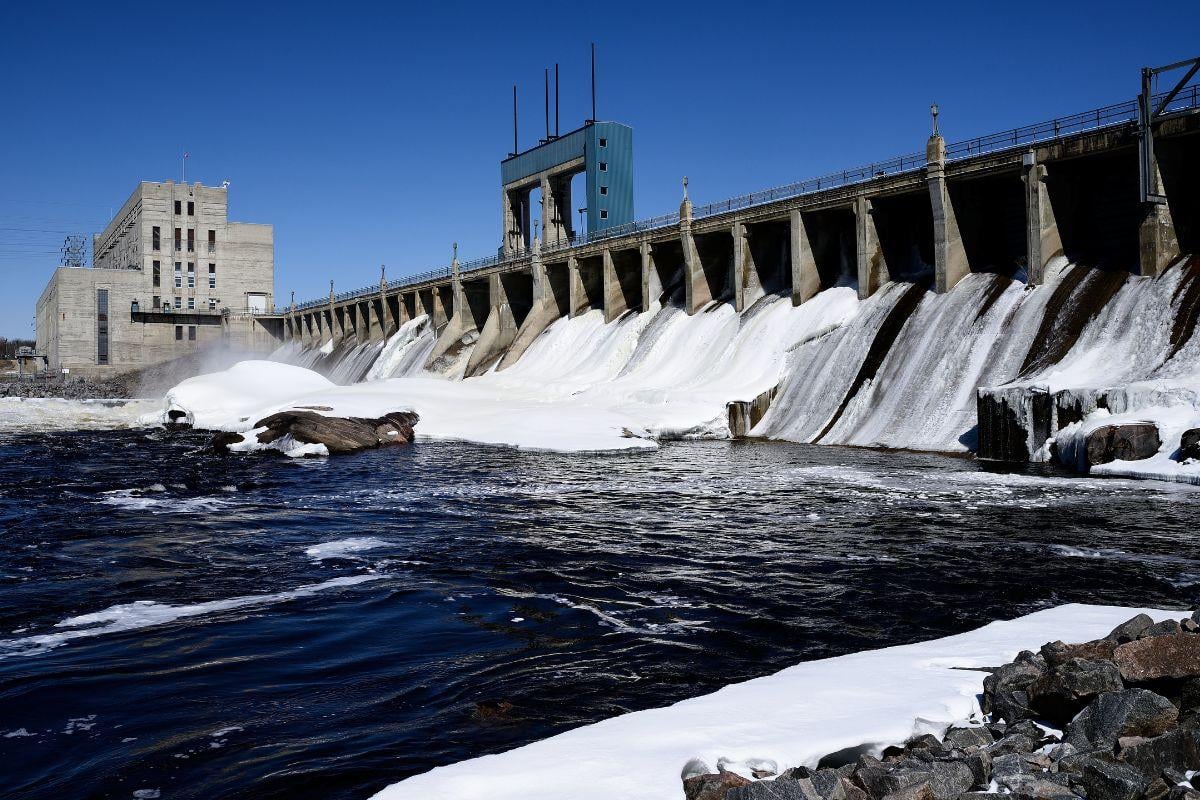
Are There Any Disadvantages Of Renewable Energy?
Numerous renewable energy sources, as we already established, cannot always be relied upon.
We cannot produce solar power when the sun sets or is obscured by clouds or wind power when there is no wind.
Because of this, many nations continue to supplement their renewable energy sources with fossil fuels.
Due to this varying production capacity, substantial energy storage systems are needed to ensure that there is always adequate electricity when the production of renewable energy drops.
An alternative solution is using many renewable technologies to build a more adaptable supply chain that can offset drops in production for a particular source.
Some renewable resources, including biomass and hydropower, do not experience these supply issues, but each has a unique environmental impact.
Additionally, some renewable energy sources, including wind and solar farms, are a source of complaints from nearby residents who do not wish to live near them.
Are Renewable Energy Resources The Same As Clean Or Green Energy?
Although the phrases "green energy," "clean energy," and "renewable energy" are sometimes used synonymously, there is a significant distinction between them.
Electricity generation using a clean source of energy is emission-free.
However, a "carbon cost" may occasionally be associated with its production or upkeep.
For instance, in order to build hydroelectric facilities with a dam, natural areas must be cleared, and this effort frequently results in carbon emissions.
Green energy is produced entirely naturally and has little to no negative environmental effects during production or consumption.
One of the benefits of solar energy systems is that they don't create greenhouse gases or pollute the air if they are responsibly built; most solar panels have few environmental impacts beyond manufacturing.
They both have the potential to be renewable sources of electrical energy, which means their source is inexhaustible.
So, while most green energy sources are renewable sources, not all renewable energy sources are considered green.
START YOUR RENEWABLE ENERGY CONSTRUCTION ProjECT TODAY
The construction industry is making great leaps toward greener technologies, but if we want to make renewable energy sources more common, we need to start the process today.
With decades of combined experience serving clients of all types and sizes, STEVENS' crews have the knowledge and skills needed to meet the demands of renewable energy construction projects.
If you're looking for a construction company to help with renewable energy sources like solar power, wind turbines, and even hydrogen modular plants, STEVENS is your best choice.
If you're ready to get started on your renewable energy construction project with the best construction company in the renewable energy industry, click on the link below.
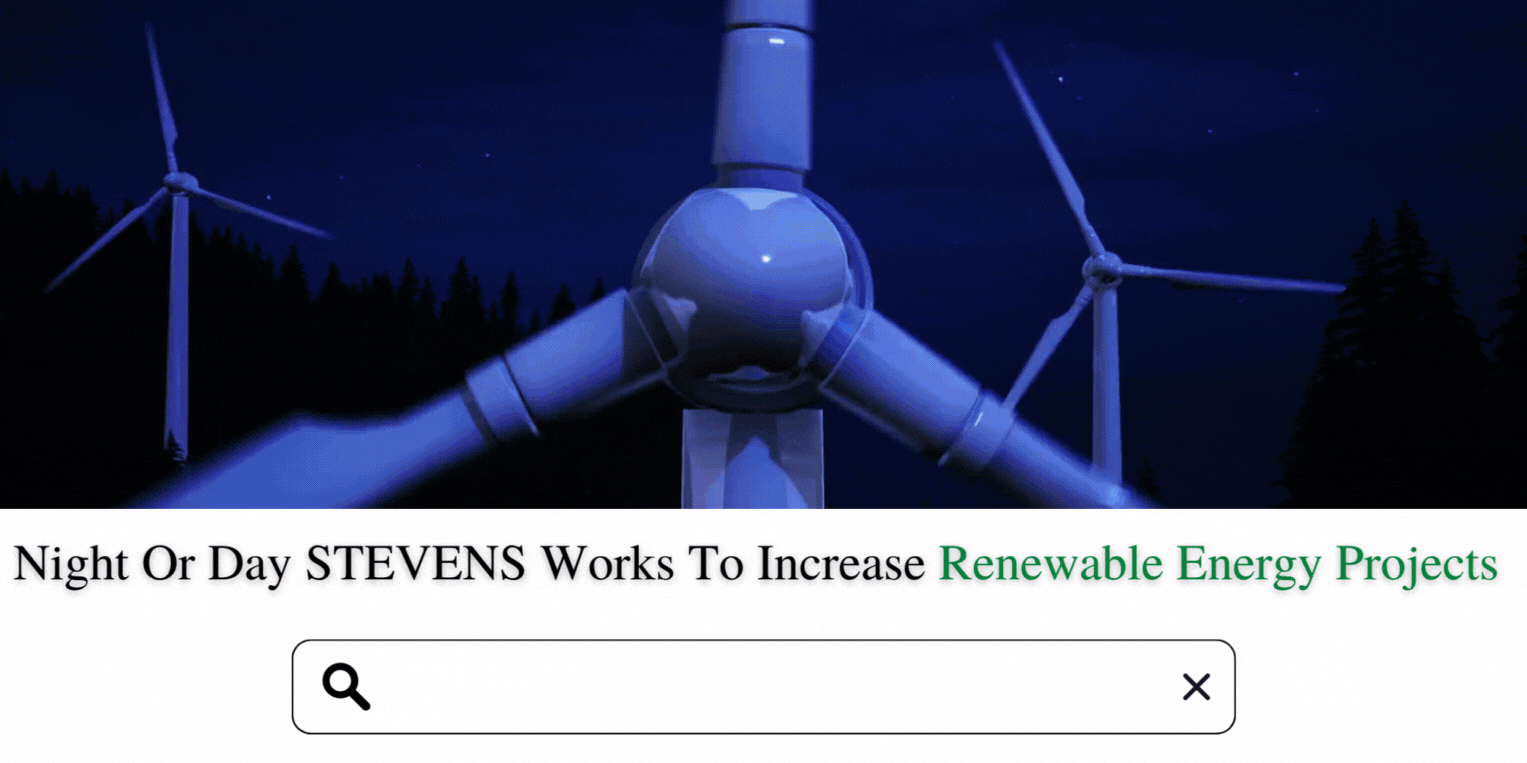
References:
https://www.twi-global.com/technical-knowledge/faqs/renewable-energy#Disadvantages
https://www.nationalgrid.com/stories/energy-explained/what-are-different-types-renewable-energy
https://www.eia.gov/energyexplained/what-is-energy/sources-of-energy.php
https://www.edfenergy.com/for-home/energywise/renewable-energy-sources
